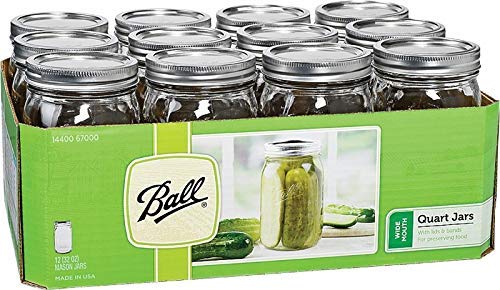“You can do almost anything with soup stock, it’s like a strong foundation. When you have the right foundation, everything tastes good. ”
As a young chef, I became accustomed to to scooping chicken, or beef, “base” out of a jar when the time came to make soup. This product is not dissimilar to the foil-wrapped, die-sized, bullion cubes found in every 1970’s kitchen. It’s just not as dry. These products usually contained MSG, caramel color, and other disturbing additives. It wasn’t until I started working for fancy hotels that I encountered legitimate bone stock. Perhaps the time and space commitments, if not the knowledge and patience required to craft a formidable broth, keep the genuine article out of most kitchens. Perhaps turning to base is just another of the thousand short-cuts that render mediocrity ubiquitous. To be fair, it takes a lot to manage a stock supply in any kitchen, from a large resort, to my farm kitchen. The big difference between base and real stock is that stock is made from bones, tendons, and cartilage. These things are packed with collagen, and support joint health. Base is made from whatever extra animal stuff you cant hide in a micknugget. There’s no telling if it’s made from meat scrap, bone, feathers, or beaks. The ingredients just say “chicken”.
A good stock takes a couple days. Once made, long-term storage can seem challenging, as well. One quick solution is to reduce the broth to a “glace”, freeze it in ice cube trays, then transfer these cubes to a zip bag for later use. Around here, however, freezer space is at a premium (even with 4 freezers). My solution is to reduce and then can my stock. This is a food preservation threshold that few dare cross, and with good reason. Water bath canning is really accessible, for most, and relatively safe. As long as the pH of the food to be canned is 4.6 or lower, it’s safe to can at boiling water temperatures. As long as one takes the steps to sterilize equipment and jars, and a good seal forms after canning, water bath canning of high acid foods is no big deal.
Pressure canning is another story. Low acid foods must be pressure canned. Understanding some micro biology is pretty important, here. As mentioned in my post about Summer Sausage, there is a creepy little dude named Clostridium Botulinum we need to understand. C. Botulinum is this throwback life form from a time before climate change made the Earth habitable for our species. In typical, current earthly conditions, this bacterium exists in a cystic state. Like a caterpillar in a cocoon, it lies dormant, waiting for a day when oxygen pollution drops back below per-Cambrian levels. When cystic, it poses no risk to human health. You eat it every day. It’s in the air, on your food, and in your grape jelly. It is only when C. Botulinum comes out of hibernation, and starts it’s busy workday, that we have a problem. Through its metabolic process, this little guy produces a neurotoxin. Consumption of this toxin results in nervous system failure, which is not the best. The Bacterium can survive boiling temperatures, but the toxin cannot. It’s a good idea to boil pressure canned foods for five minutes, just to be safe.
The conditions required for our little friend to become active are very rare. It likes a very low oxygen, alkaline, warm, dark environment. You know, like the Earth before those greedy algae and plankton started emitting oxygen pollution by the metric ton. It turns out that an improperly canned jar of vegetables, or meat, or broth, is the perfect home for this silent pathogen. There is no odor, visual clue, or other indication of it’s presence. Jams and other canned fruit are too acidic for the toxin to appear, so only enough heat to expel the air from the jars is needed to preserve them. For stock, however, we need slightly more extreme measures. This calls for a pressure cooker! The idea is this: if water boils at 212F at sea level, and 198F at 7,500 feet in elevation, then if we can simulate pressures below sea level, we can raise the boiling point of water to a point which is deadly to C. Botulinum, even in it’s cystic state. More specifically, we’re going to process under 15lbs. of pressure per square inch, raising the boiling point to 250F!
If you have no experience with pressure canning, here are the rules of the road for safe, effective use of the tool:
1. Always check the condition of the rubber gasket inside the lid. If is shows cracks or deformations, replace it.
2. Leave the weighted shuttle off of the steam vent while the cooker heats. Only add it once steam appears from the vent, assuring you that all air has been evacuated.
3. Once desired pressure levels are reached, reduce the heat until it is just enough to maintain the desired pressure.
4. NEVER remove the weighted shuttle to vent steam after processing time has elapsed. Cooking times are calculated to factor in cooling times, and rapid cooling can leave foods under processed. Also, sudden pressure changes tend to cause shattered canning jars, so just wait for it to reach nominal pressure, on it’s own.
Follow these rules, and this tool will expand the range of things you can preserve, many fold.
Typically, I reduce my stocks to a quarter of their “finished” volume. In other words, if I start with two gallons of water, I’ll be canning two quarts of stock. One of these quart jars of stock can then be reconstituted to make a gallon of broth, or further reduced for super rich sauces. This reduction saves shelf space (also at a premium, around here).
You could make a passable chicken stock for soup with about an hour of simmering, but for full flavor, 3 or 4 hours is required. I run a stock pot overnight, in order to extract as much of the mineral content from the bones as possible. By the time I strain of the bones, they are weak and crumbly. Mineral sources are precious, particularly in a food system that behaves like a mining operation. We need to access them where we can. For those who hunt, consider the value of the bones of wild game. These animals eat a diet of mostly deep-rooted perennial plants, growing in intact soil webs where the biology present supplies them with bio-available minerals of all stripes. These minerals concentrate in bones, and organ meats. I highly recommend doing your own processing, rather than hiring it out. Be sure to save your bones, heart, liver, and kidneys!
To reduce risk of contamination, it is best to limit temperature swings in things you intend to can, or eat, for that matter. The general temperature range that it best for bacteriological proliferation is between 40F and 140F. In other words, every moment your food spends in this range, the microbes are having a party. If you cook your stock, then refrigerate it, then reduce it, then refrigerate it, then boil it and can it, you’re asking for trouble. If you absolutely can’t keep it hot through the whole process, shocking it with ice, to cool it rapidly, is a good idea. Of course, this dilutes the strength of the brew, requiring further reduction, at some point. Once I begin a batch of stock, it rolls straight from bone roasting to pressure canning, and I recommend this approach.
One other tip for a quality result is to never aggressively boil your stock. High temperature boiling causes proteins to coagulate, resulting in cloudy broth. If you stay at a low simmer during both the brewing and reducing phases, your stock will be translucent and lovely. For a crystal clear broth, there is a fancy French technique involving egg shells and ground meat, called a “raft”, but the production of consommé is a whole other post…
Rather than specifying an exact recipe, what follows is more of a technique. This method, with a few minor tweaks, is the foundation of classic French sauce making. Without getting too deep down that rabbit hole, here is what you need to know. Stock is made from bones, a bouquet garni, and a mirepoix, wine, and water. A bouquet garni is a bundle of herbs. A mirepoix is vegetables. Traditionally, two parts onion to one part carrot, and one part celery. We want about one part vegetables to four parts bones, and enough herbs to smell nice, without over powering the flavor. The wine is used to “deglaze” the roasting pan. The caramelized bits stuck to the pan are packed with flavor, and color. The wine releases them from the pan, into the broth. An extra glug, or two, in the pot raises acidity, facilitating the break down of everything, hence more flavor and nutrition. Some whole peppercorns are nice, as is a head of garlic. If I add salt, it isn’t until after my final reduction. A perfectly season broth will be way too salty reduced, and inedible taken down to sauce strength.
The stock in question, here, is chicken stock. After processing day, I have a hundred necks, and two hundred feet, waiting for a higher purpose. All of this goes straight to stock. The type of bones here is not important. The technique is the main thing.
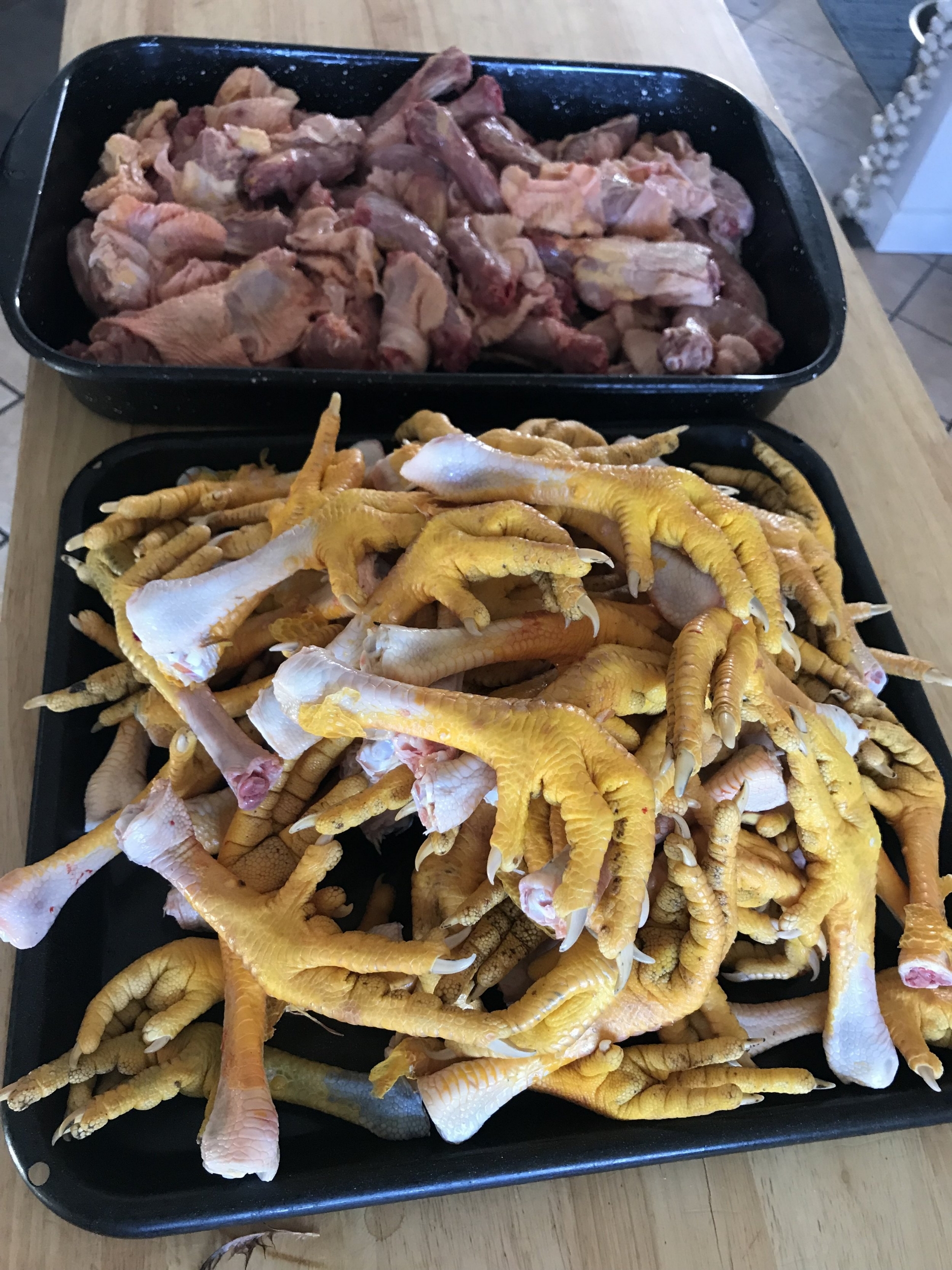
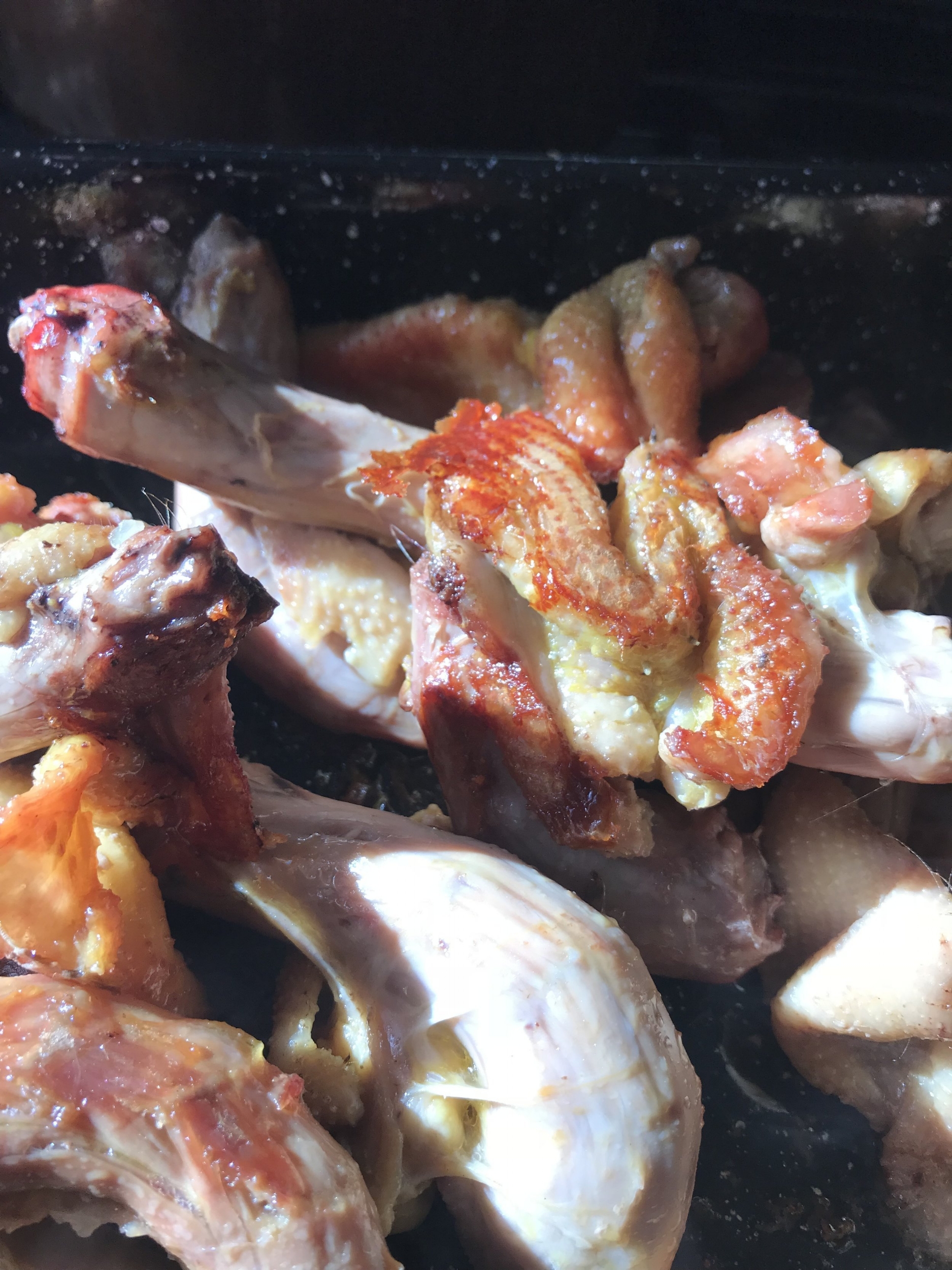
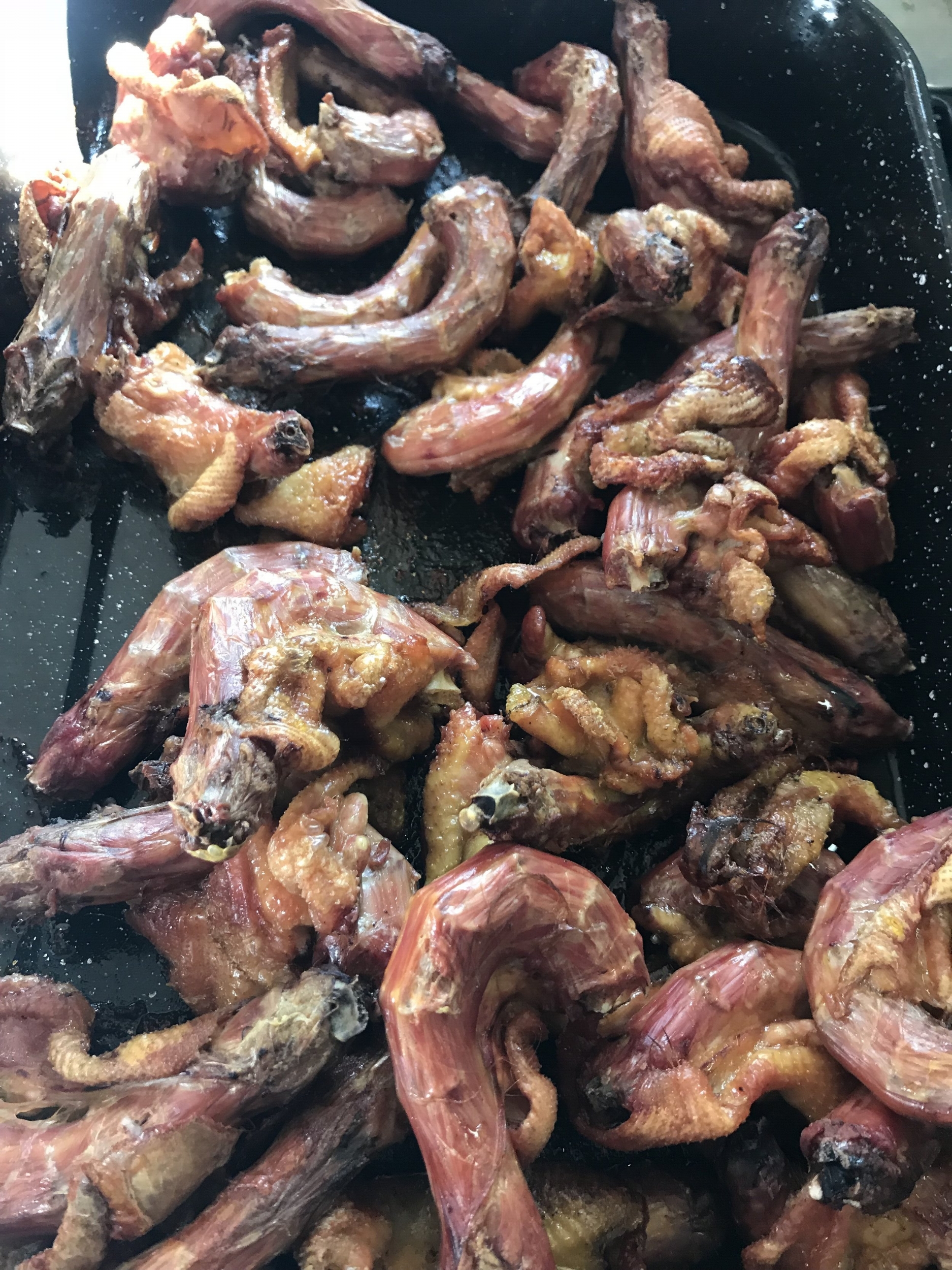
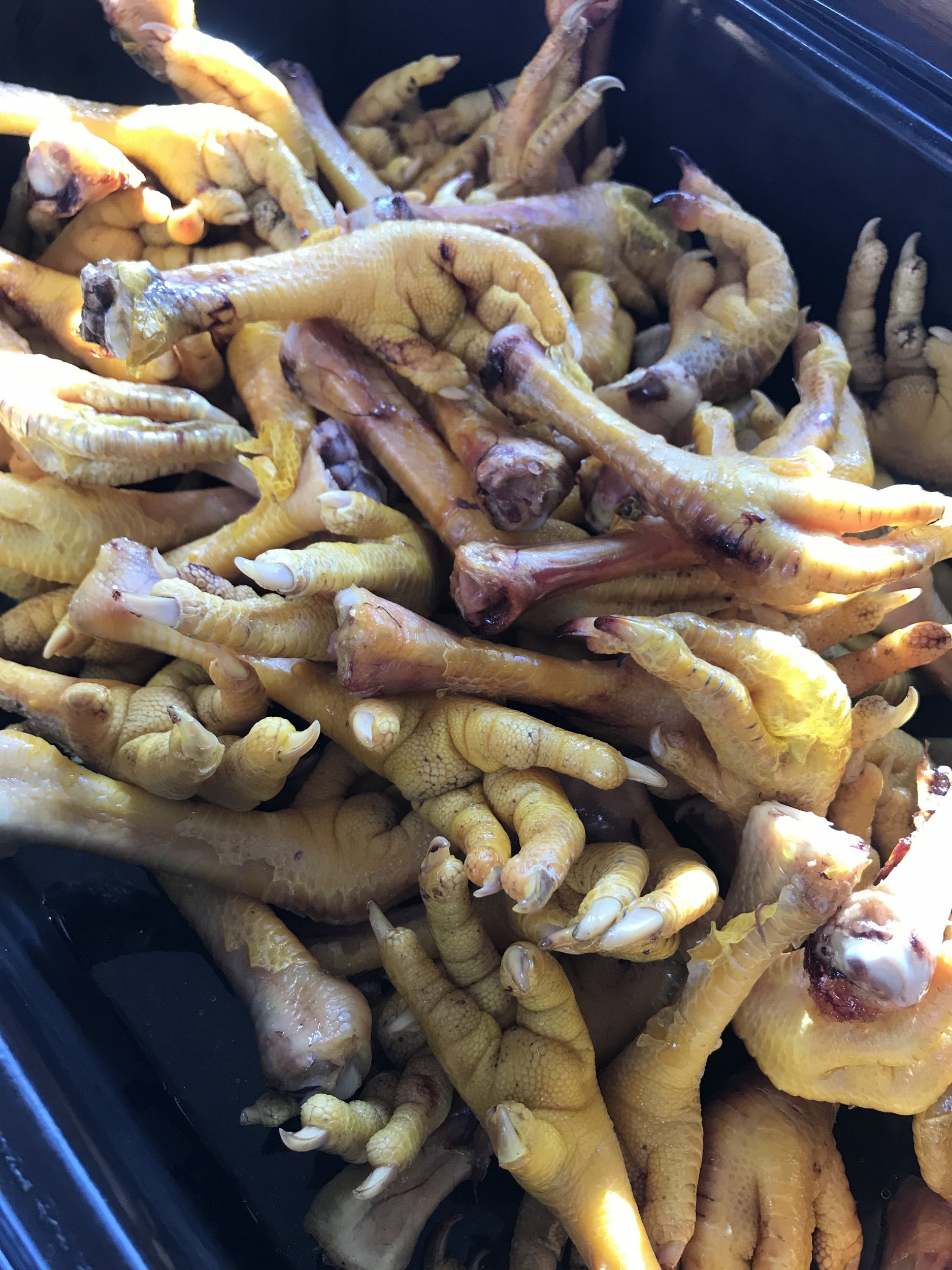
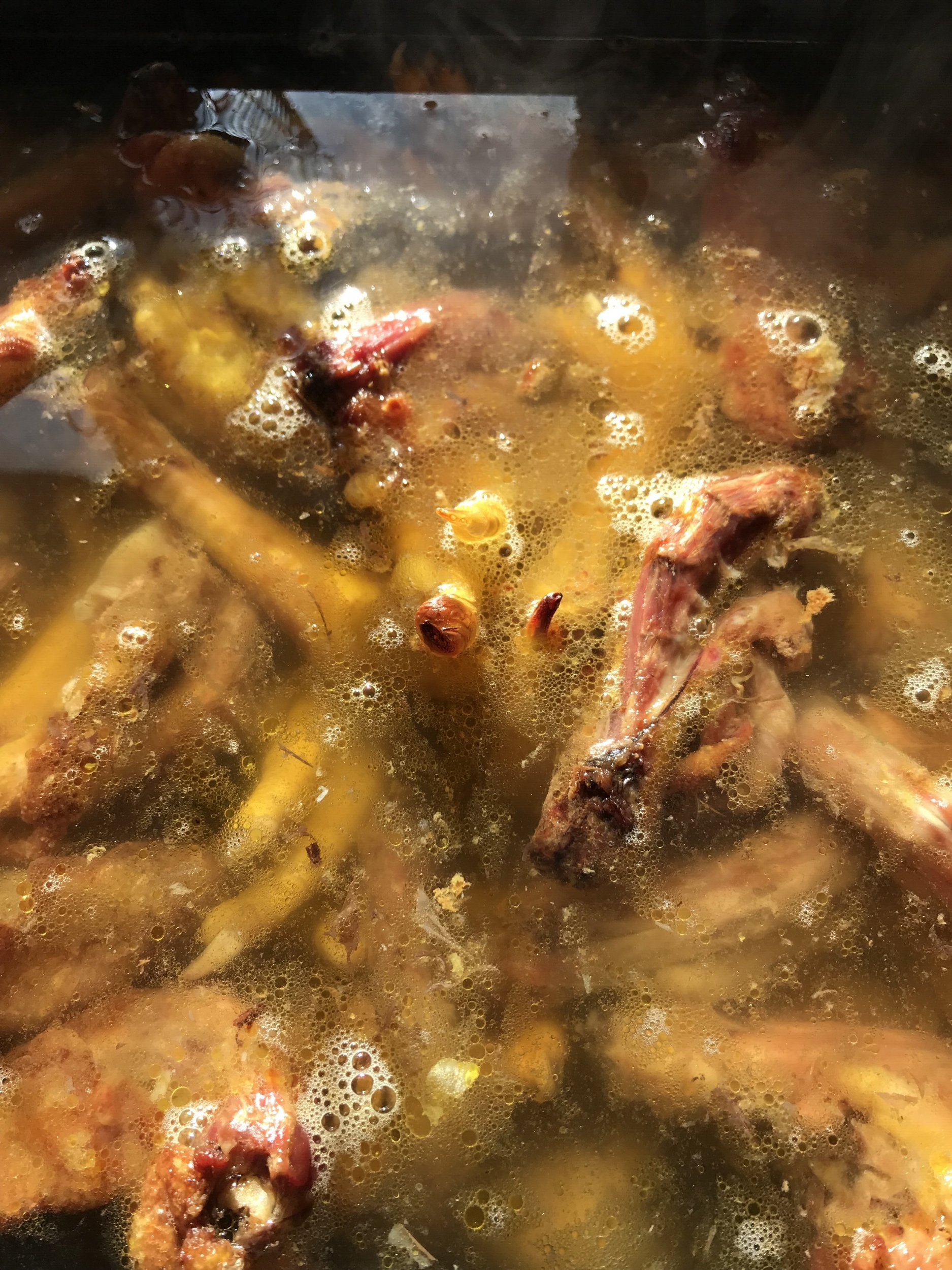



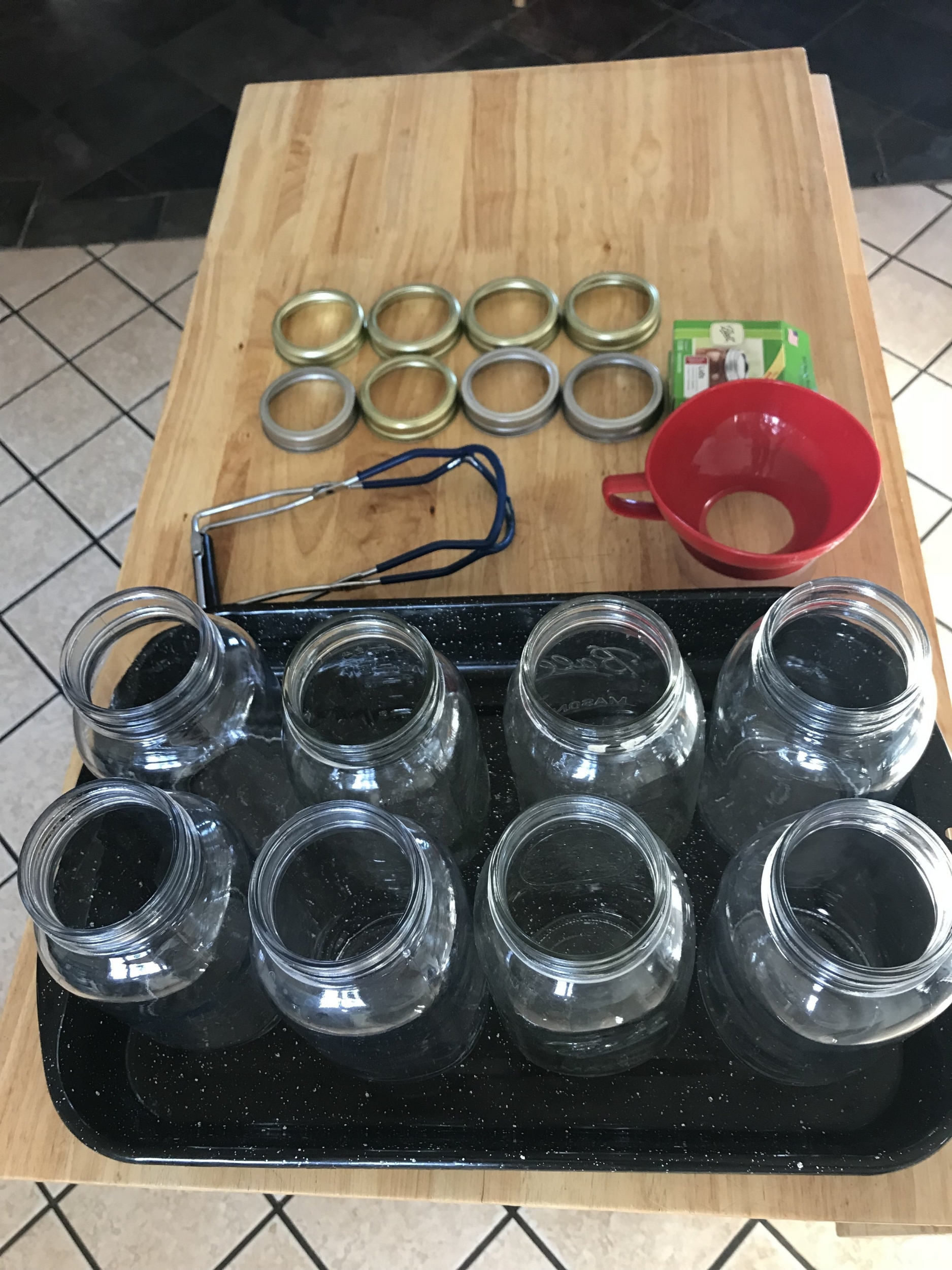
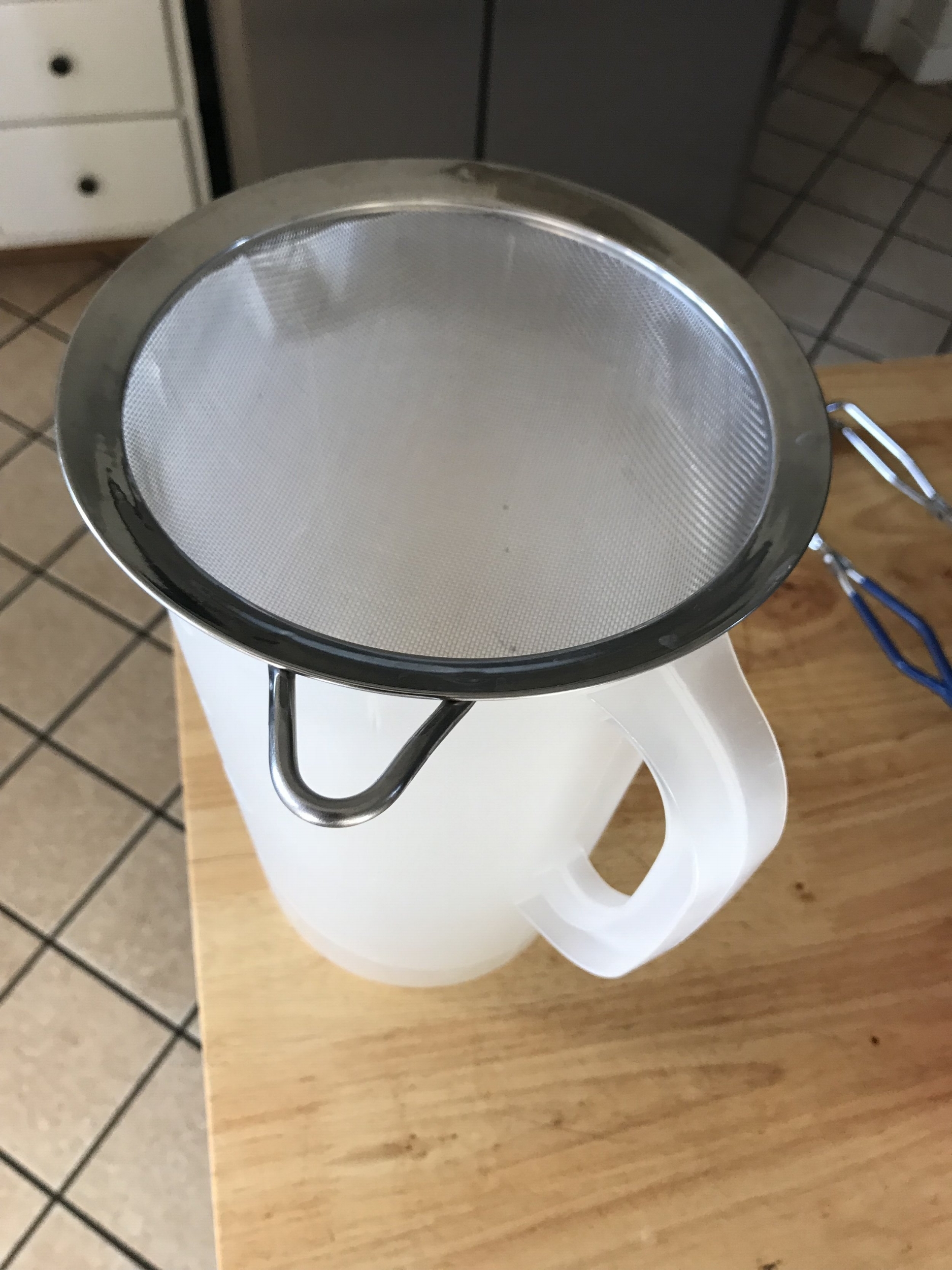
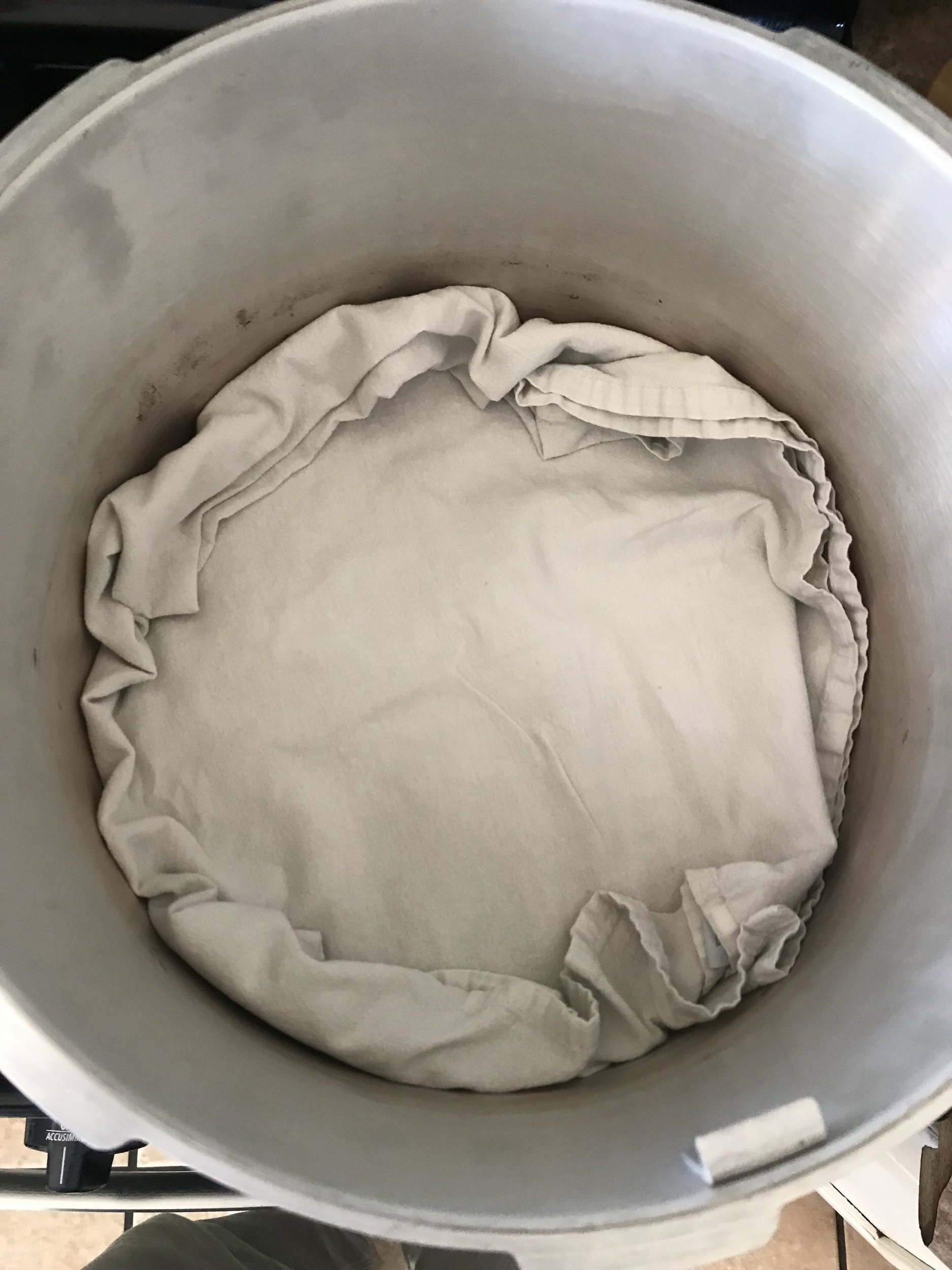
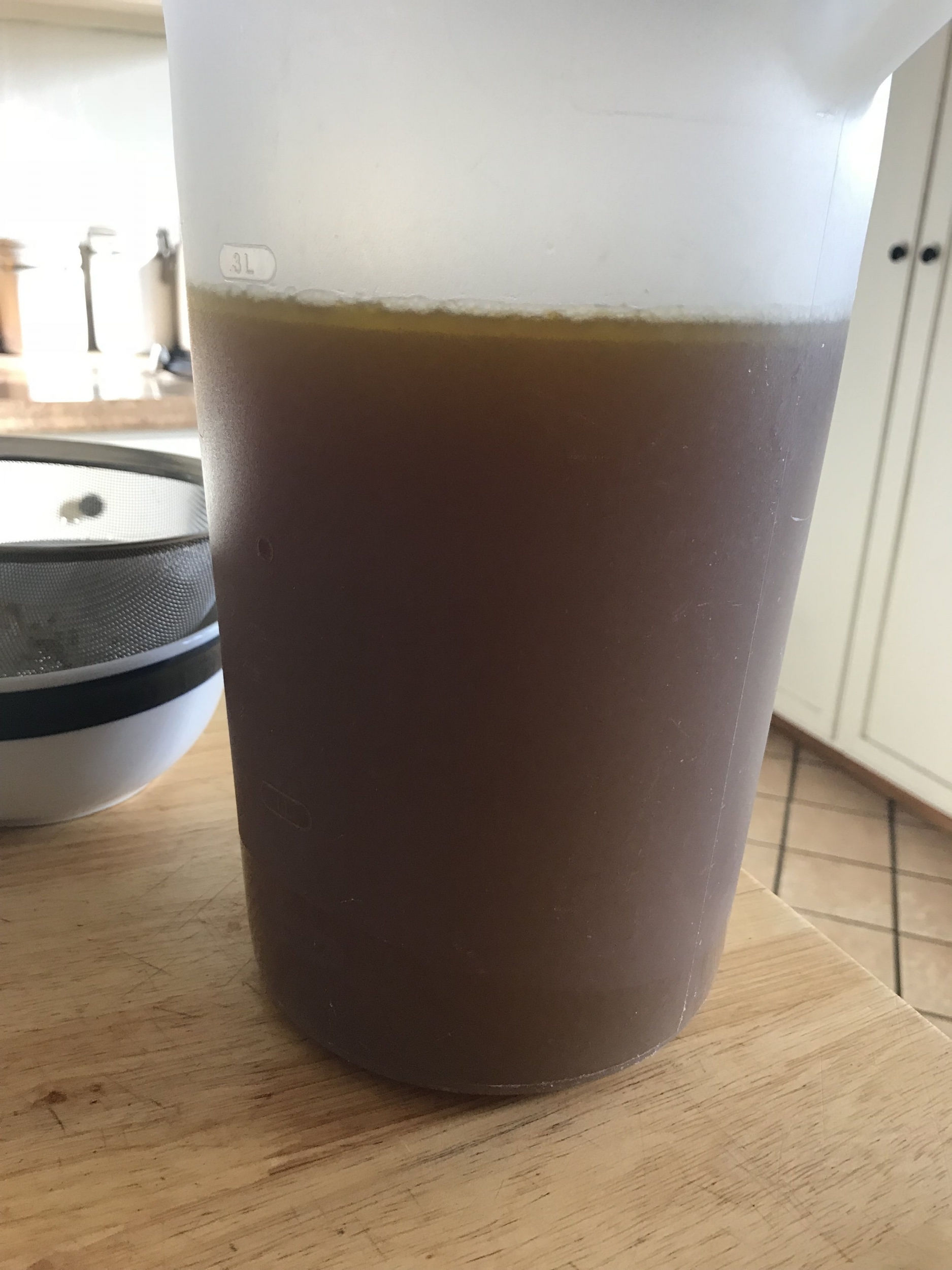
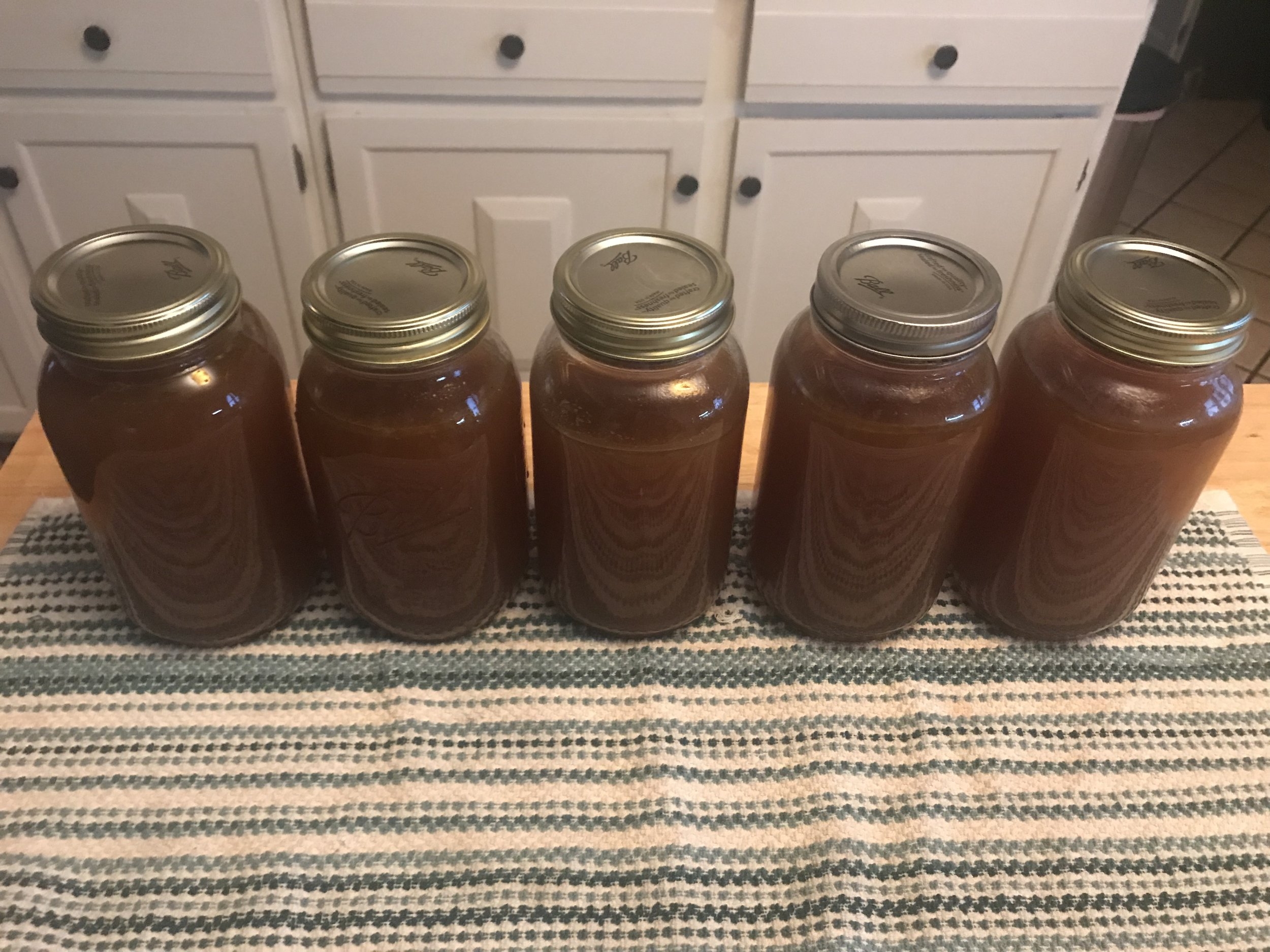
The products below are Amazon Affiliate links. If you buy through them, I receive a small commission with no added cost to you.

